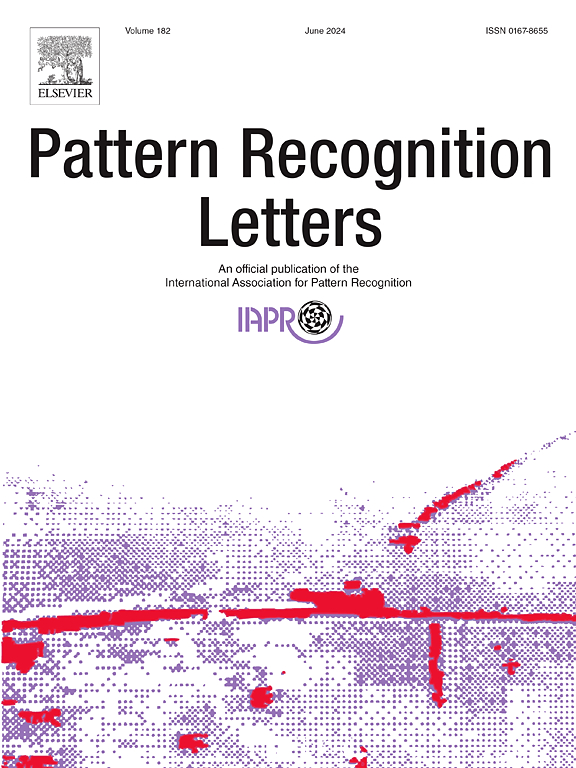Image segmentation via two-step deep variational priors
IF 3.3
3区 计算机科学
Q2 COMPUTER SCIENCE, ARTIFICIAL INTELLIGENCE
引用次数: 0
Abstract
This paper proposes an iterative deep variational approach for image segmentation in a fusion manner: it is not only able to realize selective segmentation, but can also alleviate the issue of parameter/initialization dependency. Moreover, it possesses a refinement process designed to handle challenging scenarios, such as images containing obscured, damaged, or absent objects, or those with complex backgrounds. Our proposed approach consists of two main procedures, i.e., selective segmentation and shape transformation. The first procedure works as a stem in a totally unsupervised way. A convolutional neural network (CNN) based architecture is properly incorporated into the selective weighting constrained variational segmentation model. The second procedure is to further refine the outputs. This part can be achieved in two ways: one direction is to establish a joint model with the semantic shape constraint. The other technical direction is to make the shape descriptor separated from the joint model and work as an individual unit. In the proposed approach, the minimization problem is transformed from iterative minimization for each variable to automatically minimizing the loss function by learning the generator network parameters. This also leads to a good inductive bias associated with classic variational methods. Extensive experiments have demonstrated the significant advantages.
基于两步深度变分先验的图像分割
本文提出了一种融合的迭代深度变分图像分割方法,既能实现选择性分割,又能缓解参数/初始化依赖的问题。此外,它还拥有一个改进过程,用于处理具有挑战性的场景,例如包含模糊、损坏或缺失物体的图像,或具有复杂背景的图像。我们提出的方法包括两个主要步骤,即选择性分割和形状变换。第一个过程是一个完全不受监督的过程。将基于卷积神经网络(CNN)的结构适当地融入到选择性加权约束的变分分割模型中。第二个过程是进一步细化输出。这部分可以通过两种方式实现:一种方向是建立带有语义形状约束的联合模型。另一个技术方向是使形状描述符从关节模型中分离出来,作为一个单独的单元工作。在该方法中,最小化问题由每个变量的迭代最小化问题转化为通过学习发电机网络参数自动最小化损失函数的问题。这也导致了与经典变分方法相关的良好归纳偏差。大量的实验证明了它的显著优势。
本文章由计算机程序翻译,如有差异,请以英文原文为准。
求助全文
约1分钟内获得全文
求助全文
来源期刊

Pattern Recognition Letters
工程技术-计算机:人工智能
CiteScore
12.40
自引率
5.90%
发文量
287
审稿时长
9.1 months
期刊介绍:
Pattern Recognition Letters aims at rapid publication of concise articles of a broad interest in pattern recognition.
Subject areas include all the current fields of interest represented by the Technical Committees of the International Association of Pattern Recognition, and other developing themes involving learning and recognition.
 求助内容:
求助内容: 应助结果提醒方式:
应助结果提醒方式:


